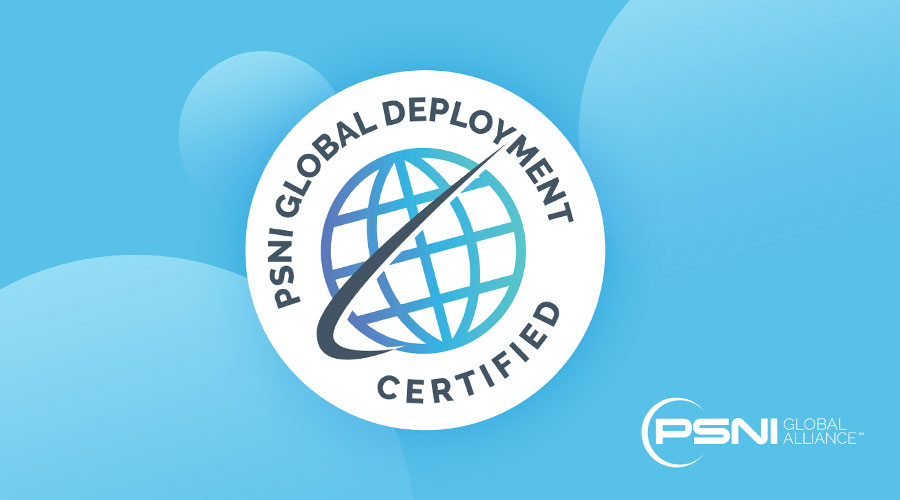WHY EVERY SIMULATION CENTER NEEDS AN AV EXPERT
Take a look at the job description for a simulation technician and your head might start to spin. From programming vital signs to setting up scenarios to managing inventory to applying moulage, there are lots of skills sim techs need. But understanding how to operate and troubleshoot the audiovisual system is one of the most important skills a sim tech needs to keep a simulation center running smoothly.
on Friday, 07 June 2019.
Posted in Healthcare Simulation, Simulation Training
There are plenty of good things about getting bigger and stronger but—whether it’s a person, a company or an industry—it can come with growing pains, and healthcare simulation is no exception. As the industry expands and the technology gets more advanced, there are both opportunities to take advantage of and pitfalls to watch out for. The simulation experts at Level 3 Audiovisual recently hosted a webinar, “15 Challenges in Healthcare Simulation and How to Conquer Them,” that outlined some of the most common issues simulation technicians confront, as well as some best practices to help deal with them. Keep reading to take a deeper dive into the first five challenges they discussed and stay tuned for additional blogs in the coming weeks that will address additional content from the webinar.
on Friday, 07 June 2019.
Posted in Healthcare Simulation, Medical Simulation
Forty-three percent of U.S. workers said they spent at least some time working remotely in the past year, according to Gallup’s State of the American Workplace report, and that’s good news for their employers. Remote work increases productivity, decreases operating expenses, and reduces stress for employees. But those benefits depend on software solutions that allow employees to collaborate efficiently and effectively from wherever they are. The top three software solutions for remote team collaboration are Skype for Business, Zoom and Webex. While much of their basic functionality is the same, each tool has specific benefits for specific collaboration goals and use cases. Keep reading to learn more about each solution and to determine which tool is best for you.
on Tuesday, 04 June 2019.
Posted in UC Collaboration
PSNI-certified companies improve the customer experience by providing consistently excellent integration services, no matter the project or location.
Mesa, Arizona, June 3rd, 2019 — Level 3 Audiovisual is pleased to announce that Brad Peterson, Jeremy Elsesser, Lisa Hale, Leah Merly, Maria Cody, and Trisha Smith have received PSNI Global Deployment certification.
on Monday, 03 June 2019.
Posted in Award Winning, Deployment Services
Just like cheesy special effects can ruin a superhero movie, unrealistic wounds and symptoms can ruin a healthcare simulation scenario. Healthcare simulation training is the gold standard for improving both clinical competence and patient outcomes, but it works best if the scenario seems real. Moulage—special effects makeup for simulation—enhances the realism of your simulation scenarios and provides visual cues for diagnosis and treatment. And, luckily, you don’t need a movie studio special effects department to create it. Keep reading for hacks and tips to create realistic moulage on a budget.
on Tuesday, 28 May 2019.
Posted in Medical Simulation Training, Simulation Training
NEED A GLOBAL AV DEPLOYMENT? LEVEL 3 AV CAN HELP
Your business is global and that means you need partners that are too. Already a player in the international market, Level 3 AV has recently grown their global reach by joining the PSNI Global Alliance, the premier worldwide network of audiovisual integrators. Level 3 AV also received the PSNI global deployment certification, and recently acquired New York-based AVR, an industry leader in system testing and verification. All this positions Level 3 AV to provide a consistent and standard experience for clients all over the world. The company put all these partnerships to use deploying two recent international projects, one in Hiroshima, Japan and another in Bengaluru, India.
on Friday, 17 May 2019.
Posted in Deployment Services
WONDERING IF YOU NEED A VIDEO WALL? HERE ARE 3 WAYS YOU’LL BENEFIT
There are lots of ways to make a bad first impression on a potential customer or employee—have mustard on your shirt, a funny smell in your office, or outdated technology solutions that don’t always work. Alternately, you can make a good impression with clean clothes, a bright, inviting (and smell-free) office space, and modern technology solutions. And what if those technology solutions could not only make you look good but also help you meet your business goals and increase your revenue? For that kind of result, consider a video wall.
on Friday, 17 May 2019.
Posted in Video Wall, Video Wall Display
As the healthcare simulation industry gets bigger, it also gets more competitive. Simulation programs are growing, simulation technology is evolving, and anyone interested in a career in healthcare simulation needs to stay ahead of it all. To give current and future simulation technicians and operations specialists a leg up on their competition, Level 3 Audiovisual recently hosted the Simulation Operations Boot Camp. With participants from New Mexico to Nova Scotia, and one presenter calling in from India, the three-day event covered the basics every simulation technician or operations specialist should know.
on Sunday, 12 May 2019.
Posted in Medical Simulation Training, Simulation Training
 3 AV Questions Every Sim Tech Should Ask
3 AV Questions Every Sim Tech Should Ask 







